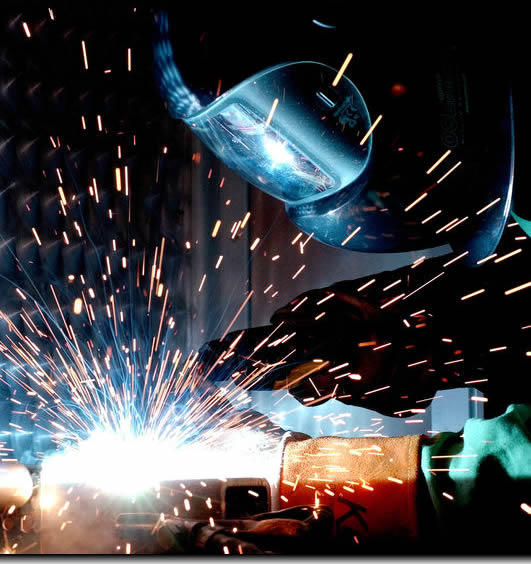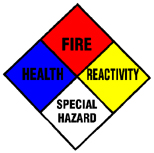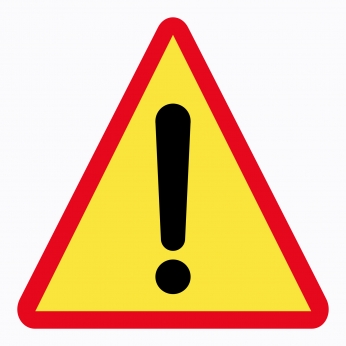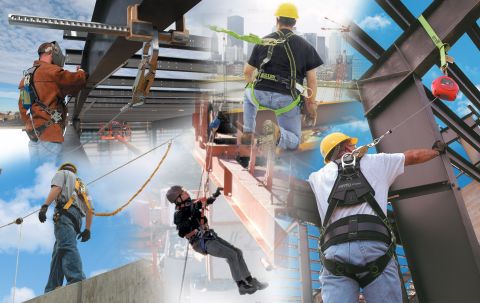 Falls are among the most common causes of serious work related injuries and deaths. Employers must set up the work place to prevent employees from falling off of overhead platforms, elevated work stations or into holes in the floor and walls.
Falls are among the most common causes of serious work related injuries and deaths. Employers must set up the work place to prevent employees from falling off of overhead platforms, elevated work stations or into holes in the floor and walls.
Category: Safety at Work
Avoid Dangerous Scaffold Accidents
 The National Institute for Occupational Safety and Health (NIOSH) reports that falls are a leading cause of traumatic death on the job. Many of these incidents involve scaffolding. Scaffolds are working platforms suspended by ropes, or other means, from an overhead structure. Falls frequently occur as the result of:
The National Institute for Occupational Safety and Health (NIOSH) reports that falls are a leading cause of traumatic death on the job. Many of these incidents involve scaffolding. Scaffolds are working platforms suspended by ropes, or other means, from an overhead structure. Falls frequently occur as the result of:
* Improper installation or operation of scaffold equipment.
* Defective scaffold equipment.
* Insufficient worker safety training.
* Failure to provide or use personal fall protection equipment.
via High Risk: Despite Regulations, Scaffold Accidents Continue | Safety.com.
The 10 Objectives of a Safety Committee
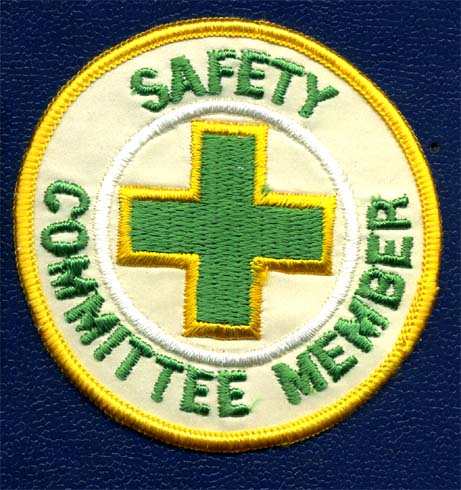 In order to accomplish these objectives, the successful Health and Safety Committee should:
In order to accomplish these objectives, the successful Health and Safety Committee should:
- Develop a written mission statement and charter.
- Clearly define the duties and responsibilities of officers and general members.
- Identify and prioritize goals and establish action plans to achieve each goal.
- Include representation from different levels and areas of the organization.
- Meet at least quarterly/monthly.
- Record and disseminate minutes of each meeting, documenting attendance, problems and issues and corrective action proposed and actions taken to address each issue.
- Make attendance mandatory with the penalty of removal for repeated absences.
- Develop methods to increase and maintain safety awareness.
- Organize special sub-committees to address specific issues and projects.
- Communicate the purpose, activities and accomplishments of the committee to all employees.
Ergonomic Guidelines for Manual Material Handling
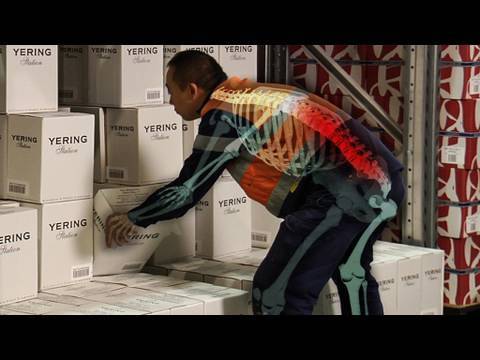 Manual material handling (MMH) work contributes to a large percentage of the over half a million cases of musculoskeletal disorders reported annually in the United States. Musculoskeletal disorders often involve strains and sprains to the lower back, shoulders, and upper limbs. They can result in protracted pain, disability, medical treatment, and financial stress for those afflicted with them, and employers often find themselves paying the bill, either directly or through workers’ compensation insurance, at the same time they must cope with the loss of the full capacity of their workers.
Manual material handling (MMH) work contributes to a large percentage of the over half a million cases of musculoskeletal disorders reported annually in the United States. Musculoskeletal disorders often involve strains and sprains to the lower back, shoulders, and upper limbs. They can result in protracted pain, disability, medical treatment, and financial stress for those afflicted with them, and employers often find themselves paying the bill, either directly or through workers’ compensation insurance, at the same time they must cope with the loss of the full capacity of their workers.
via CDC – NIOSH Publications and Products – Ergonomic Guidelines for Manual Material Handling (2007-131).
The 7 Reasons For A Safety Committee
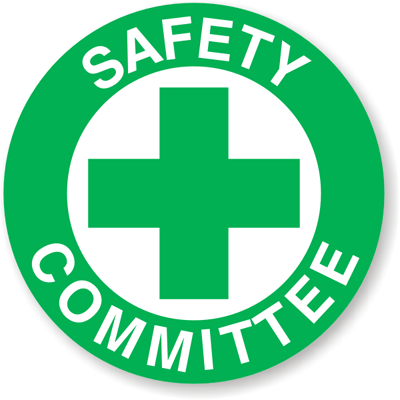 Health and Safety Committees should be established for the following purposes:
Health and Safety Committees should be established for the following purposes:
- To increase and maintain the interest of employees in health and safety issues.
- To convince managers, supervisors and employees through awareness and training activities that they are primarily responsible for the prevention of workplace accidents.
- To help make health and safety activities an integral part of the organizations operating procedures, culture and programs.
- To provide an opportunity for the free discussion of health and safety problems and possible solutions.
- To inform and educate employees and supervisors about health and safety issues, new standards, research findings, etc.
- To help reduce the risk of workplace injuries and illnesses.
- To help insure compliance with federal and state health and safety standards.
Welding – Hot Work
Working with ignition sources near flammable materials is referred to as “hot work.” Welding and cutting are examples of hot work. Fires are often the result of the “quick five minute” job in areas not intended for welding or cutting. Getting a hot work permit before performing hot work is just one of steps involved in a hot work management program that helps to reduce the risk of starting a fire by welding or cutting in areas where there are flammable or combustible materials.
Hazard Communication Required
In order to ensure chemical safety in the workplace, information about the identities and hazards of the chemicals must be available and understandable to workers. OSHA’s Hazard Communication Standard (HCS) requires the development and dissemination of such information:
- Chemical manufacturers and importers are required to evaluate the hazards of the chemicals they produce or import, and prepare labels and safety data sheets to convey the hazard information to their downstream customers;
- All employers with hazardous chemicals in their workplaces must have labels and safety data sheets for their exposed workers, and train them to handle the chemicals appropriately.
via Hazard Communication.
The Top Five Types of Workplace Hazards
Your employees may be at risk of health hazards if their jobs include exposure to chemicals. Substances that can harm your workers include fumes, gases, liquids, solids, dust, vapors and corrosives. Whether your employees are at risk of ingesting the substance, inhaling it or absorbing it through the skin, you have a responsibility to ensure the risks are minimized. These types of hazards can be in any type of business you run, from manufacturing to retail.
Fire
Fire is a risk for your business, no matter what type of company you are running. The Seattle Fire Department Fire Prevention Division estimates 70,000 to 80,000 fires occur in businesses in the U.S. each year. Knowing where your fire extinguishers are, holding fire drills and informing employees of your emergency escape routes can ensure safety.
Repetitive Use Injury
When your employees repeat the same actions throughout the day, such as typing or rolling dough, or washing windows, they are at risk of repetitive use injury. The parts of the body that suffer from repetitive use are the back, shoulders, forearms, wrists and hands. Ensuring adequate breaks from job duties can reduce the risk of injury.
Electrical Hazards
People who work directly with electricity, including electricians and engineers, are at risk of injury; personnel who work with electrical equipment in the office are also at risk of injury. Even an office worker making a fix with power tools outdoors can sustain electrical injury during adverse weather. You can minimize the risk of injuries by using one extension cord or power strip per connection, keeping liquids clear of electrical equipment and conducting regular safety examinations.
Accidental Falls and Falling Objects
If your employees work at elevated heights, they may be at risk of accidental falls. Anytime objects are stored at or above head level, there is a risk of injury caused by falling objects. Wearing safety gear including a hard hat or harness, and installing guardrails or a safety net can reduce the risk of injury. Instruct employees on the safe use of equipment.
What Is Total Worker Health?
![]() Total Worker Health™ is a strategy integrating occupational safety and health protection with health promotion to prevent worker injury and illness and to advance health and well-being.
Total Worker Health™ is a strategy integrating occupational safety and health protection with health promotion to prevent worker injury and illness and to advance health and well-being.
The protection, preservation, and improvement of the health and well-being of all people who work are goals shared by workers, their families, and employers. Today, more than ever, there is increasing evidence that the work environment and the overall health, safety and well-being of the workers within it are strongly connected. Diminished health and injury, whether caused by work or resulting from non-work activities, reduces quality of life, opportunity, and income for workers and those dependent upon them. Conversely, workplaces with low risk of injury and enhanced opportunities for the total health of workers can lead to a vibrant, engaged and highly performing workforce.
via CDC – Total Worker Health What Is Total Worker Health? – NIOSH Workplace Safety and Health Program.
Protect Yourself From Violent Crime
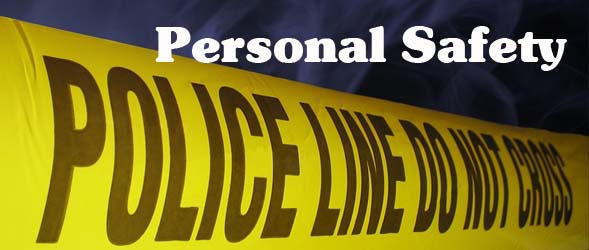 A list of tips for adults on staying safe:
A list of tips for adults on staying safe:
- Don’t walk or jog early in the morning or late at night when the streets are deserted.
- When out at night, try to have a friend walk with you.
- Carry only the money you’ll need on a particular day.
- Don’t display your cash or any other inviting targets such as pagers, cell phones, hand-held electronic games, or expensive jewelry and clothing.
- If you think someone is following you, switch directions or cross the street. If the person continues to follow you, move quickly toward an open store or restaurant or a lighted house. Don’t be afraid to yell for help.
- Try to park in well-lighted areas with good visibility and close to walkways, stores, and people.
- Make sure you have your key out as you approach your door.
- Always lock your car, even if it’s in your own driveway; never leave your motor running.
- Do everything you can to keep a stranger from getting into your car or to keep a stranger from forcing you into his or her car.
- If a dating partner has abused you, do not meet him or her alone. Do not let him or her in your home or car when you are alone.
- If you are a battered spouse, call the police or sheriff immediately. Assault is a crime, whether committed by a stranger or your spouse or any other family member. If you believe that you and your children are in danger, call a crisis hotline or a health center (the police can also make a referral) and leave immediately.
- If someone tries to rob you, give up your property—don’t give up your life.
- If you are robbed or assaulted, report the crime to the police. Try to describe the attacker accurately. Your actions can help prevent someone else from becoming a victim.
via Protect Yourself From Violent Crime — National Crime Prevention Council.

